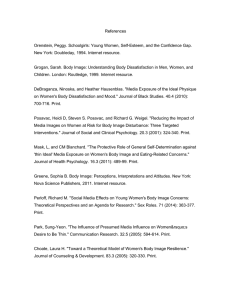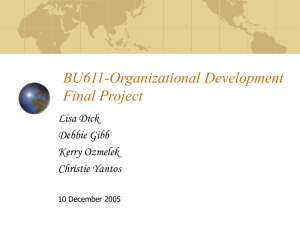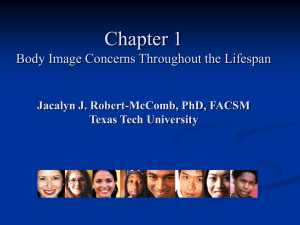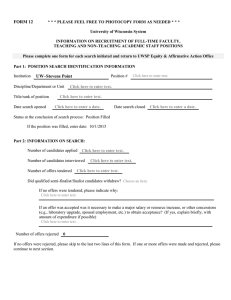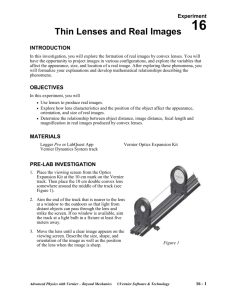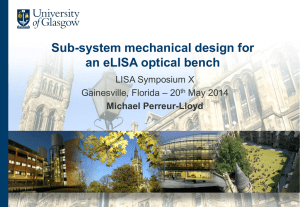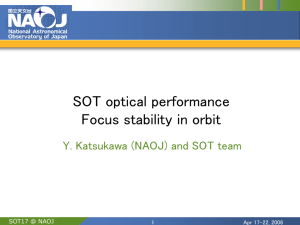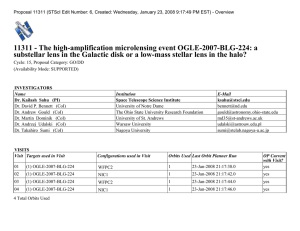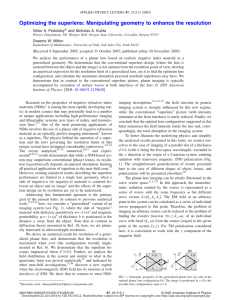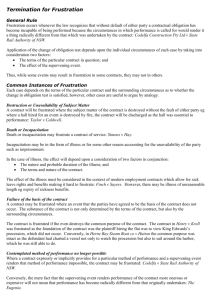Process Selection Framework
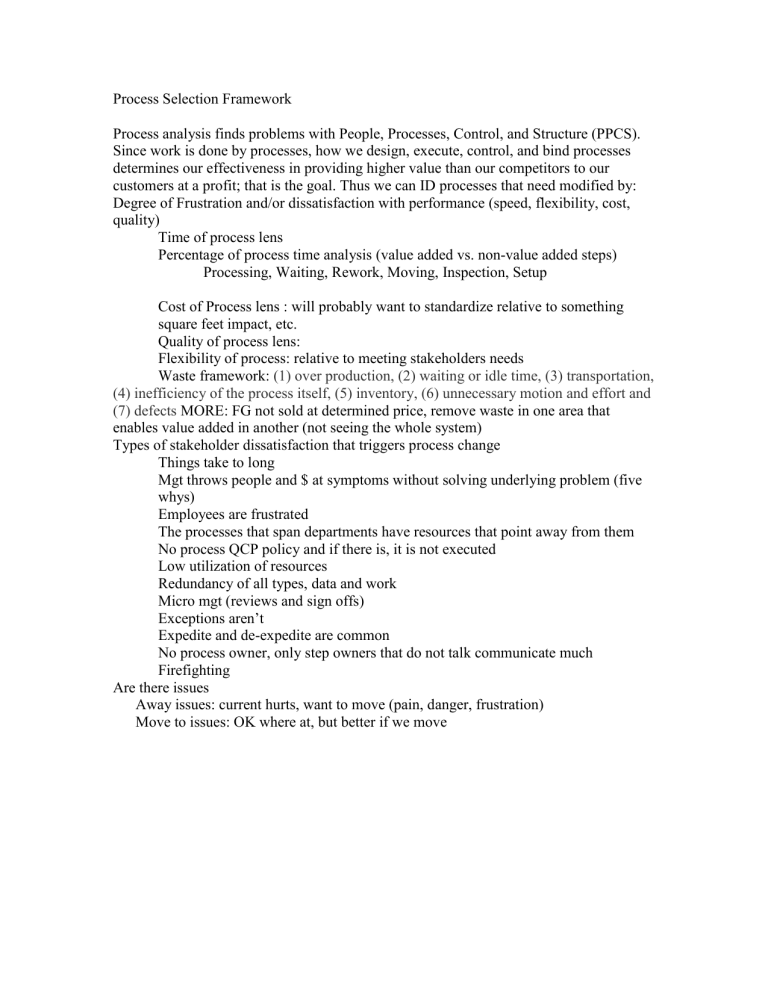
Process Selection Framework
Process analysis finds problems with People, Processes, Control, and Structure (PPCS).
Since work is done by processes, how we design, execute, control, and bind processes determines our effectiveness in providing higher value than our competitors to our customers at a profit; that is the goal. Thus we can ID processes that need modified by:
Degree of Frustration and/or dissatisfaction with performance (speed, flexibility, cost, quality)
Time of process lens
Percentage of process time analysis (value added vs. non-value added steps)
Processing, Waiting, Rework, Moving, Inspection, Setup
Cost of Process lens : will probably want to standardize relative to something square feet impact, etc.
Quality of process lens:
Flexibility of process: relative to meeting stakeholders needs
Waste framework: (1) over production, (2) waiting or idle time, (3) transportation,
(4) inefficiency of the process itself, (5) inventory, (6) unnecessary motion and effort and
(7) defects MORE: FG not sold at determined price, remove waste in one area that enables value added in another (not seeing the whole system)
Types of stakeholder dissatisfaction that triggers process change
Things take to long
Mgt throws people and $ at symptoms without solving underlying problem (five whys)
Employees are frustrated
The processes that span departments have resources that point away from them
No process QCP policy and if there is, it is not executed
Low utilization of resources
Redundancy of all types, data and work
Micro mgt (reviews and sign offs)
Exceptions aren’t
Expedite and de-expedite are common
No process owner, only step owners that do not talk communicate much
Firefighting
Are there issues
Away issues: current hurts, want to move (pain, danger, frustration)
Move to issues: OK where at, but better if we move








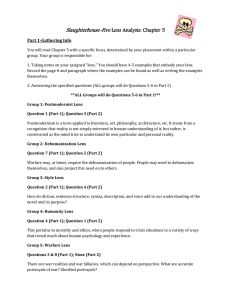
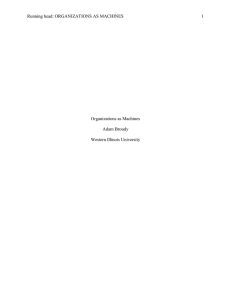
![21111 PHYSICS DEPARTMENT PHY 2054 Final Exam [CJ Ch. 25{27]](http://s2.studylib.net/store/data/010449630_1-28444df8a7bd2e426431de9be2571f52-300x300.png)
